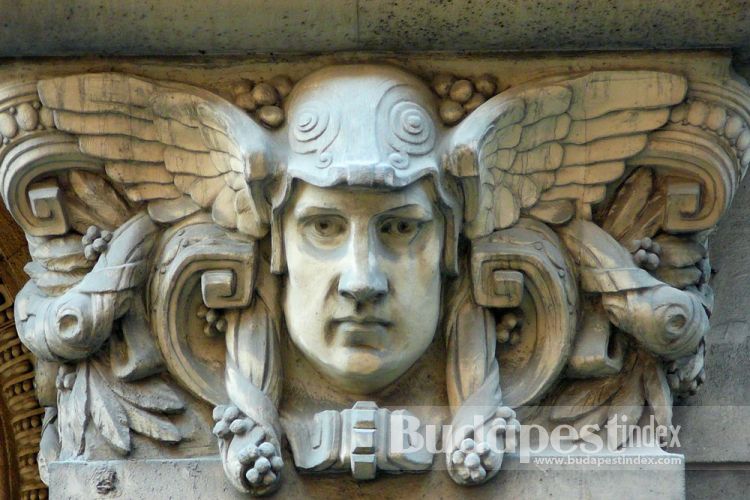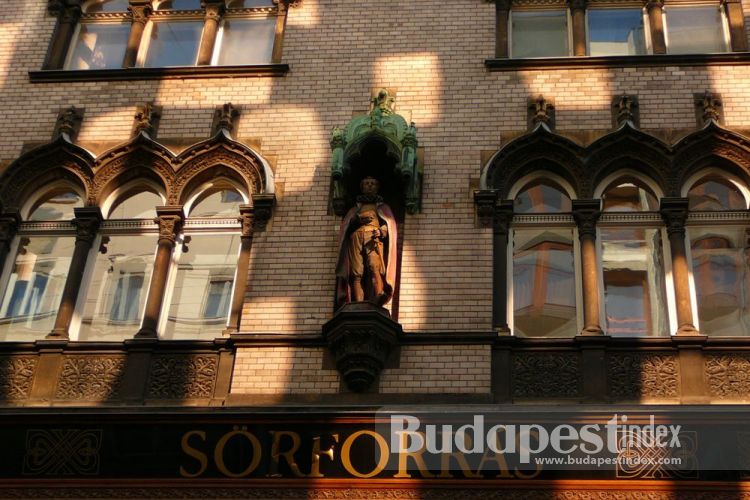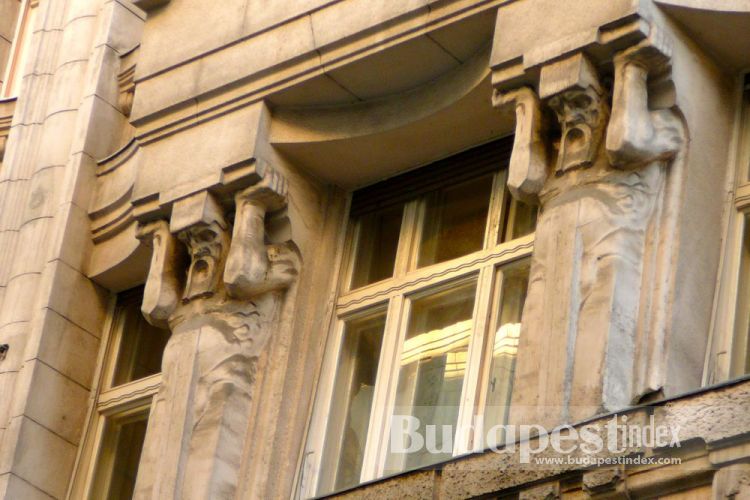
Budapest is a relatively young city, and its downtown area was meticulously planned using the skills of the best architects and advanced technologies.
Many of its turn-of-the-century buildings are true gems, and one can spend hours admiring and deciphering rich façade decorations. Take a look at some notable buildings in the central fifth district of Budapest.





















In 2004, I was fortunate to visit Budapest and saw an unusual sculpture of a figure of a woman hanging from a building. What is the sculpture and what does it represent? Thanks!
it's really nice to find articles about Budapesti architecture in english, I live here and I love the spots of the city. I hope I can keep seeing more articles, or if you know english resources i'd appreciate if you share it.